
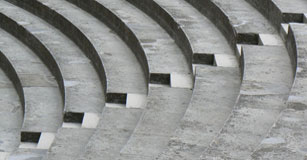
Use a design process to take a STEM approach in any subject
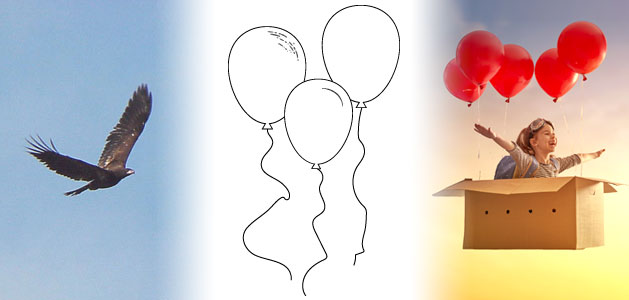
Ways to support student thinking throughout the STEM learning process

Earth science projects build content knowledge and promote inquiry
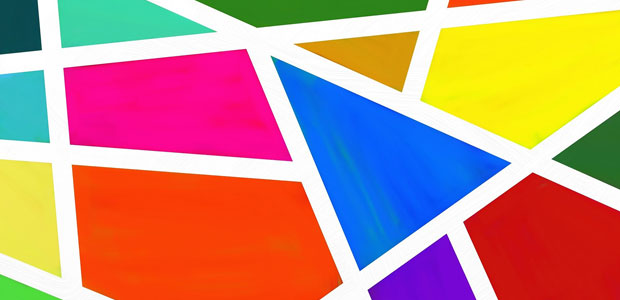
5 ideas for making in math and art with young learners.
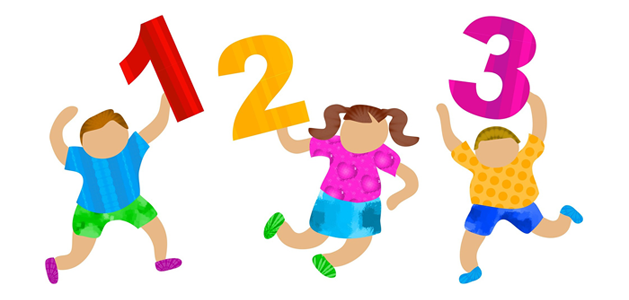
Building powerful science foundations for elementary learners.

Tell stories to build number sense and data skills
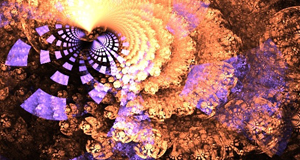
Help students see how deeply math and art are intertwined
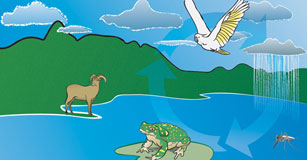
Build observation, problem-solving, and critical thinking skills with projects that use painting, matching, writing, narration, and more.
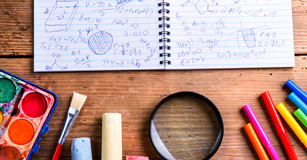
Build number sense and problem-solving in with a creative approach

The benefits of reflection in the STEM approach to instruction.
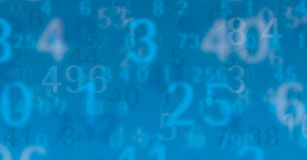
Provide students with tools and opportunities to visualize math concepts, helping them build solid mathematical foundations.
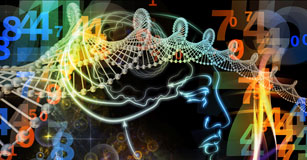
Creative technology tools help intermediate students to demonstrate, explain, and justify their thoughts using illustrations, text, and audio.
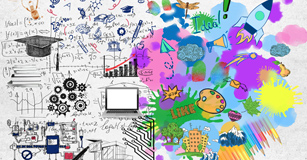
How STEM and PBL go hand in hand.

Student dispositions necessary for successful animation production
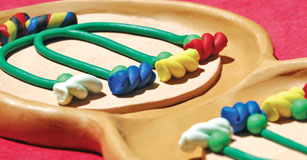
Explore complex scientific topics in a manner that is engaging and fun.

Provide students with the opportunity to build deeper content understanding through animation projects.
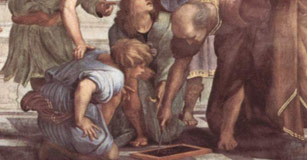
Use the eight Standards for Mathmatical Practice to build a deeper understanding in math.

Combine a model like TechYES with open-ended tools to address technology literacy, and engage and inspire children.

Help students develop mathematical understanding of data collection and data analysis
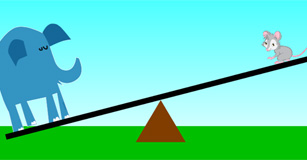
Students use Pixie to design inventions that solve authentic problems.
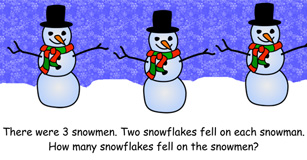
Students use Pixie to show their understanding of multiplication relating to word problems.

Second-grade students use Wixie to demonstrate their understanding of animals and habitats by publishing research and giving oral presentations.

Children's books about math that make for great student-published books and projects.

First graders combine images and voice reflections to demonstrate understanding of force and motion.
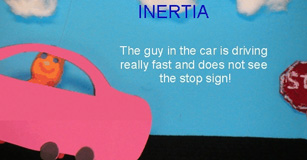
Students go "hands-on" with clay animation to conceptualize physics and science curriculum.
Support healthy cognitive development with a combination of physical and computer-based play activities.
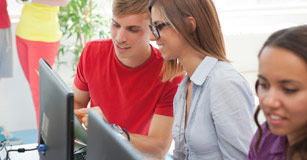
If students can use a computer whenever they need to, for as long as they need to, they'll learn more, and school becomes more learner-centered.
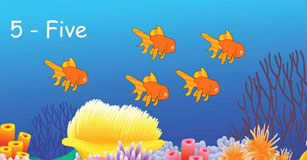
Students create a counting book to build foundation curriculum and technology skills.
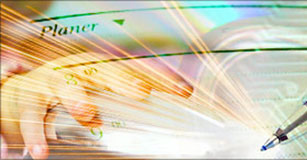
Make the most out of your limited time in the computer lab.
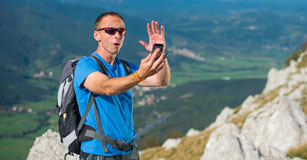
Use experts to demonstrate the connections between what students learn and the world that is outside of the classroom.

Present research in a way that connects student work with real-life experiences

Wixie
Share your ideas, imagination, and understanding through writing, art, voice, and video.

Rubric Maker
Create custom rubrics for your classroom.

Pics4Learning
A curated, copyright-friendly image library that is safe and free for education.

Wriddle
Write, record, and illustrate a sentence.

Get creative classroom ideas delivered straight to your inbox once a month.
Topics